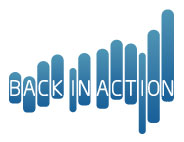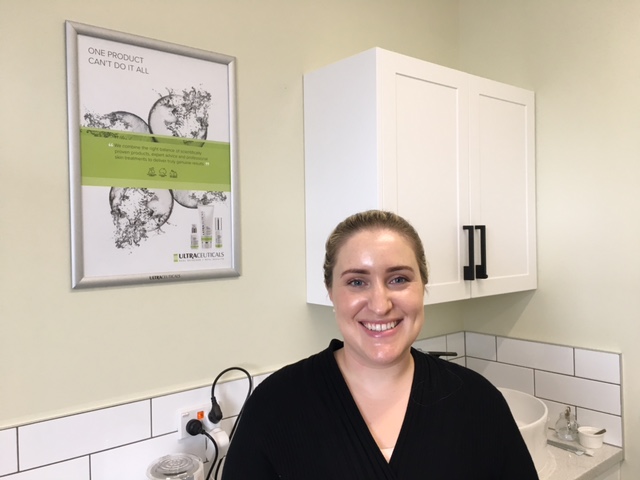[vc_row][vc_column][vc_column_text]By: Baylee Tebby (Physiotherapist)
Low back pain is one of leading causes of disability in working- age adults in industrialised countries. The majority of ‘acute’ low back pain symptoms will resolve with effective management or physiotherapy in the first 3 months (about 80-90%), but a small percentage (3-10%) will progress to long term disability or ‘chronic’ pain. Chronic pain is an umbrella term for pain that has lasted longer than 3 months. The process in which the pain changes from acute to chronic is complex and not very well understood. There is also limited understanding surrounding why some people are more susceptible to chronic pain than others.
As part of one of my post-graduate university assignments I wanted to look at the efficacy surrounding core stability exercises and if there was one regime i.e. Pilates, general exercise or standard core stability exercises that was more superior for managing symptoms of low back pain.
Core stability exercises are commonly prescribed for chronic low back pain as they help to improve the muscles which are required for spinal stability and to protect the spine from injury.
Core stability exercises consist of strengthening exercises and postural advice to ensure that the core muscles can fire together and maintain the ‘corset’ of interlinking muscles surrounding the core. The idea surrounding core stability exercises is to start off with low grade contraction exercises catered to the individual and progress to functional tasks as the individual improves.
The research surrounding core stability exercises suggest that people with chronic low back pain have reduced control and coordination of the trunk muscles. Core stability exercises are therefore, used to restore these impairments.
The research supports the use of core stability exercises when instructed by a qualified physiotherapist. Several studies have shown that they help to improve low back strength, quality of life, functional outcomes, endurance of the trunk muscles, disability, pain levels and overall feeling of well-being.
However, the debate still remains regarding the most effective core strengthening regime.
So, if you are suffering from chronic low back pain come and see us! Your physiotherapist can complete a thorough assessment and advise options for your rehabilitation. The best thing to do is to choose an option which appeals and which you enjoy. If joining a pilates class falls into that category for you then your physiotherapist can complete a pre-assessment and start out with some 1:1 sessions or slot you into one of our group classes. (Equipment Classes available in Carterton, Floor in Masterton)
Or, if you prefer working out of the comfort of your own home then talk to your physiotherapist about designing an individualised core stability exercise or a general exercise program to help improve your core stability.[/vc_column_text][/vc_column][/vc_row]




